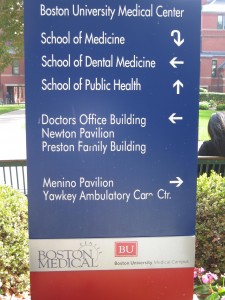Electronic medical records hold the promise of managing the flow of data more efficiently. When a doctor orders a test, the computerized system will automatically flag any abnormal results for follow-up.
Yet, a study at the Houston VA Medical Center showed that one-third of over 1,000 electronic alerts over a three-month period went unacknowledged. Of those cases, 45 (or 4% of all abnormal results) did not receive any follow-up at all.
In an interview with the Wall Street Journal, the study’s author suggested that physicians may be suffering from information overload. Electronic medical records can send physicians up to 50 alerts and reminders each day, making it difficult to distinguish the crucial data from the less urgent.
This electronic bombardment may be exacerbated in an academic medical center, where faculty also receive regular e-mail blasts about university events and research opportunities. Some past faculty development seminars have offered tips for managing the flow of information. Based on recent response to a seminar about conducting an efficient clinical visit, we will revisit how to maximize use of electronic medical records in the spring.
 According to this graph of
According to this graph of 